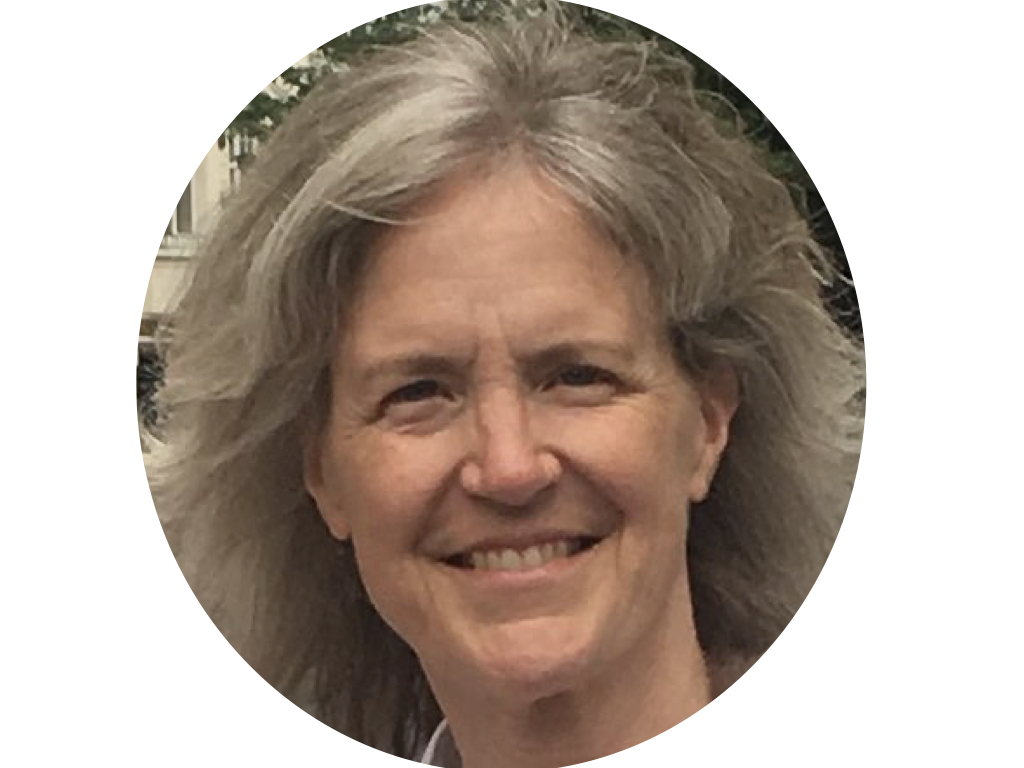Block-based logically Cartesian adaptive mesh refinement using p4est
Donna Calhoun, Carsten Burstedde, Scott Aiton
Date :
Dept. of Mechanical Engineering, University of California, Santa Barbara, Santa Barbara, CA (USA) (Invited)
Abstract
Adaptive mesh refinement (AMR) is widely seen as a computationally efficient way to improve performance of CFD codes. I will given an overview of three different flavors of AMR used in the structured mesh community - patch-based AMR, block-based AMR and cell-based AMR. Each are based on an underlying Cartesian grid which is refined, either by overlaying coarser Cartesian mesh regions with finer grids, or by subdividing an existing Cartesian mesh used a tree-based algorithm. I'll give an overview of the development of these methods, along with some advantages and disadvantages of each approach. In the second half of the talk, I'll discuss the development of ForestClaw (www.forestclaw.org), an AMR code based on the quadtree/octree mesh library p4est (C. Burstedde, Univ. of Bonn). As a PDE layer for p4est, ForestClaw provides essential components that allow one to solve PDEs using numerical schemes for logically Cartesian meshes while also take advantage of the highly scalable meshing capabilities of p4est. With fully parallel, dynamic remeshing, ForestClaw has been shown to scale up to 65K processors for explicit schemes. ForestClaw is currently being used in several applications, including overland flooding scenarios, atmospheric gravity waves and transport and dispersion of volcanic ash. Recent work includes development of a Serre-Green-Naghdi solver for adding dispersive corrections to the shallow water wave equations. ForestClaw extensions include the Clawpack suite of packages (R. J. LeVeque, www.clawpack.org), GeoClaw (D. George, R. J. LeVeque), Ash3d (H. Schwaiger, USGS), MAGIC-Forest (J. Snively, Embry Riddle Aeronautic University), and ThunderEgg, an elliptic solver based on p4est (S. Aiton, BSU). ForestClaw development has been supported by the NSF, NASA and DARPA.
Slides : ucsb-2021.pdf
